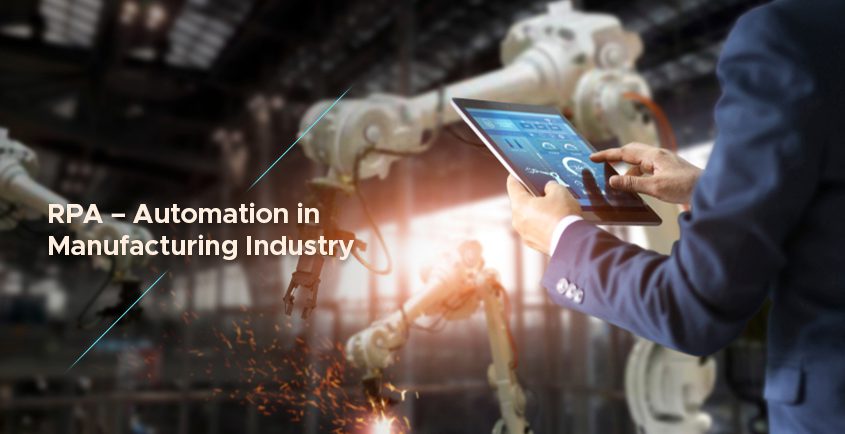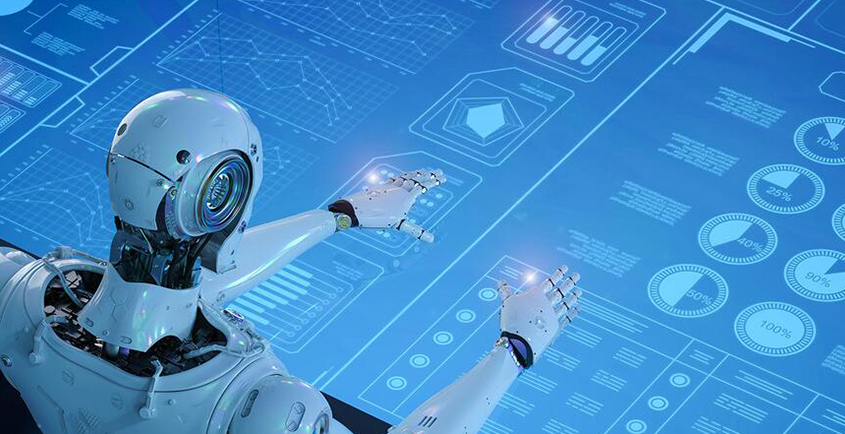Robotic process automation and traditional automation lie on different sides of the bank. Both of these help achieve efficiency in delivering results within time. This kind of mechanism reduces human intervention and performs predefined activities according to the instructions. Both softwares are considered the biggest boost to the infrastructure and efficiency of programming functions. Not just this, RPA in HR is proving to be one of the most effective implications of automation.
By employing the right RPA tools, it becomes possible for the individual to automate the maximum activity in the management functions. But there is a huge amount of difference between the two concepts. The functioning of these two kinds of software can be differentiated based on the given information.
Differences Between The Two Kinds of Software
The various grounds of the meanings have been mentioned as follows:
Meaning and Function
Robotic process automation is a kind of software that helps to automate a high volume of repetitive tasks in a minimum amount of time. These kinds of tools allow the design of software robots to make them capable of automatically executing different types of tasks over time. All the RPA business processes can function effectively over time and when it comes to managing complete operations like bringing the RPA into the supply chain, the benefits are immense.
It is a kind of predefined activity that has finally executed different types of tasks and transactions for delivering effective results within time. Accordingly, the same result can be achieved without any human interaction. It is the utility that is obtained with the help of this process.
Traditional automation and enterprise automation are a kind of combination of different applications that help to achieve automatic integration at a database level. But the speed at which the given results can be obtained is very less, due to which it is a conventional method of automation only.
Requirements
Robotic process automation does not require any modification to the existing infrastructure and can be effectively adapted across any platform. But on the other hand, specific customization can be required in traditional and enterprise automation cases. RPA services companies do not require any adjustments, but enterprise automation requires adjustments to the existing structure to enhance the performance’s efficacy. For instance, if you wish to bring in robotic process automation in HR for your organization, you do not have to disturb any other process. But with the ERP, you have to alter the existing structure or the systems.
Functions
Robotic process automation helps to automate repetitive and different types of rule-based tasks. This kind of software performs the different actions performed by human beings to increase the efficiency of the programming. The entire programming is determined according to a flowchart without any change in the language codification.
But on the other hand, enterprise automation does not perform all the functions that human beings can perform without instructions. Even the pre-defined instructions cannot be followed properly. In such a situation, it is essential to note that interface automation may not be a good process in the long run and requires a lot of programming to achieve a given objective. On the other hand, implementing RPA in areas like robotic process automation in the supply chain can be done easily.
Kickstarting The Process of Automation
All the activities related to RPA for small businesses can be easily performed without knowing any programming. It is a quick implementation method that requires less time to get the desired results compared to the enterprise automated software, which usually takes a lot of time in this process. It usually takes a lot of months to get implemented because designing and integrating instructions are difficult tasks in this kind of software.
Alignment of Work
The robotic automation process helps to delegate the work to thousands of machines which makes it significantly different from ERP. It is essential to gain the desired programming functionality so that the same function can be performed in less time compared to the other situation of interface automation, which usually takes a lot of time to get scalability.
A kind of parallel execution is required in this process. It has got the capability of performing the best functions related to customized management. But in the long run, only robotic programming automation can be configured to meet the needs of the user immediately compared to interface automation, which usually has a lot of limitations related to the functioning of API and other complex technology employed.
Conclusion
The aforesaid is one of the most useful and effective ways with the help of which automation can be used in any organization. Understanding the differences between RPA and other enterprise automation tools helps to choose the required services from SVAM International.
This is helpful in the long run to get the required services over time. It brings the maximum amount of efficiency that deals with the timely completion of tasks and effective programming of functions. Get in touch with us today to know more about our RPA and ERP services.





